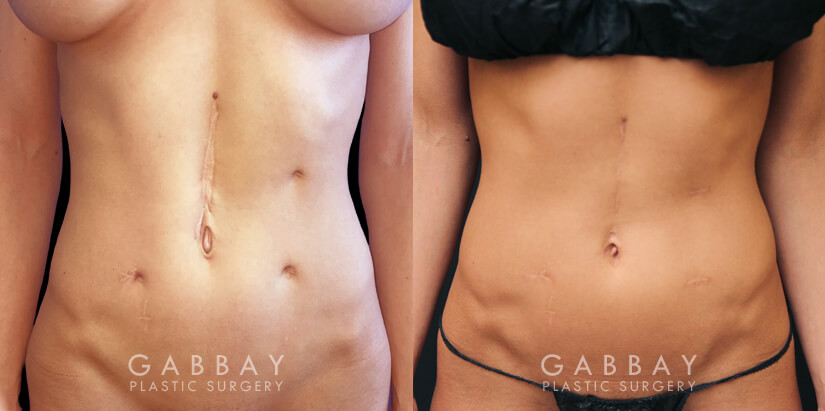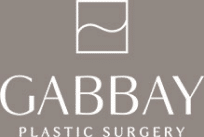Scar Revision
What Is Scar Revision?
Though some scars may naturally diminish over time, many remain quite visible. Their presence can affect your quality of life in a variety of ways, but revision can help fix that. With the use of advanced medical techniques, Dr. Gabbay provides scar removal surgery that can help correct a variety of scar types, including keloid scars.
The Procedure
Scar revision procedures are meant to minimize the appearance of the scar. The result should blend naturally into your surrounding skin tone and texture. The general scar repair procedure involves the following steps:
- Step 1—Anesthesia: Medications will be administered for your comfort during the surgical procedures and may involve local anesthesia, intravenous (IV) sedation, or general anesthesia. The type depends on your needs and procedure complexity.
- Step 2—Surface/Topical/Injectable Treatments: Some scars can be treated with one or more less-invasive techniques. You will know ahead of time which option will be for you.
- Step 3—Surgery: For particularly deep scars, Dr. Gabbay may elect to incorporate surgical techniques. These can be used on their own or with other techniques.
- Excision techniques
- Tissue expansion procedures
- Skin grafting techniques
- Topical Treatments: Gels, tapes, or external compression can aid in wound closure and healing. They also can prevent your skin from producing irregular pigmentation and discoloration.
- Injectable Treatments: Injectables are often used to fill depressed or concave scars. The results may last anywhere from three months to several years. Injectable treatments must be repeated periodically to maintain the beneficial results.
- Surface Treatments: This approach is most often used to soften surface irregularities and reduce uneven pigmentation.
- Dermabrasion
- Laser/light therapy
- Chemical peels
- Skin bleaching agents
for a consultation!
Can We Remove Keloid Scars?
Is Scar Removal Right for Me?
There is no way to completely remove a scar from the surface of the skin; therefore, expectations of scar revision surgery must be realistic. The goal is to improve the appearance of the scar, either by disguising it, relocating it, or minimizing its prominence. A patient’s skin color, age, and the type of scarring are all important factors for determining the outcome of successful scar repair surgery.
It is a highly individualized procedure and may be a good option for you if:
- The appearance of a scar bothers you anywhere on your body
- You are physically and mentally healthy
- You do not smoke
- You have no underlying health conditions that could affect the outcome
- You have a positive outlook and realistic goals
- Discoloration and Surface Irregularities
- Hypertrophic Scars
- Keloid Scars
- Contractures
During your initial consultation at Gabbay Plastic Surgery, Dr. Gabbay will examine your wound and discuss the possible methods of treating your scar, the risks and benefits involved, and the possible outcomes. After assessing your scar, Dr. Gabbay will create a customized treatment plan utilizing the optimal techniques to ensure the success and safety of your procedure.

Gallery
Recovering from Your Procedure
- How to care for yourself after your procedure
- Medications to apply or take orally to aid in healing and reduce the risk of infection
- When to follow-up with Dr. Gabbay
The initial healing phase after your surgical revision may include some swelling, discoloration, or discomfort. This may take 1-2 weeks to subside. You should avoid any activity that places undue stress on the incision area. And you may use cold compresses to reduce swelling.
When Will I See Results Scar Removal?
- Avoiding direct sun exposure for several months
- Using sunblock or wound dressing when in the sun
- Avoiding any other harm to the treated area
- As you continue to heal and the days pass, you will see continued improvements in your scars.




